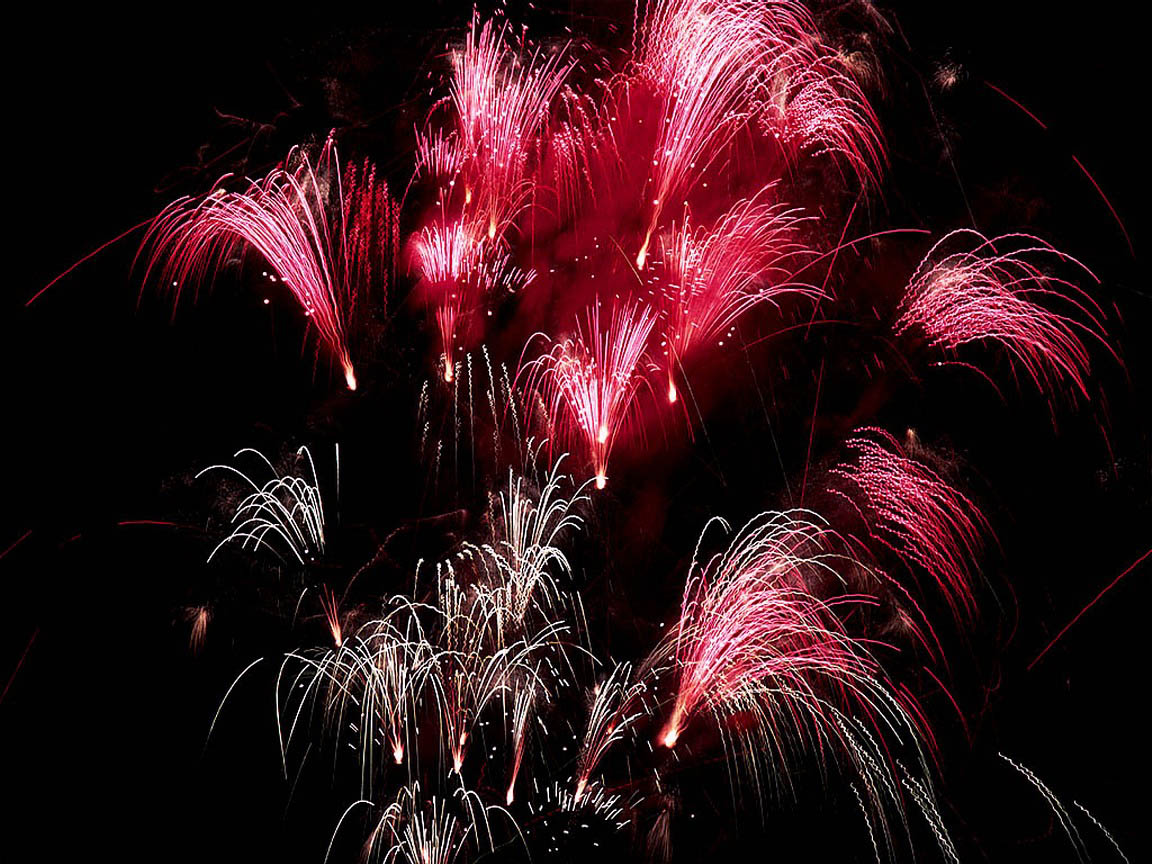
Antique Japanese Woodcut Art - Fireworks at Ryogoku Bridge
Fireworks at Ryogoku Bridge by Kunimaru (1794 - 1829) c. 1820
In this wonderful view, Kunimaru has depicted the many stalls and activities in the foreground. The famous bridge is seen at full length leading across the river to the far bank and its buildings. Fireworks illuminate the night sky. This is a most charming, scarce woodcut in the perspective-print style.
This beautiful woodcut was carved hundreds of years ago by the famous Japanese artist Kunimaru. Kunimaru was among other great and influential designers as Toyokuni II, Kunisada, Kuniyoshi and finally, Yoshitoshi. All these artists were from the same school of Art, The Utagawa school.
The Utagawa school was founded by the great late eighteenth century woodcut artist, Toyokuni (1769-1825), and dominated the development of the Japanese woodcut throughout the nineteenth century.
Born the son of a pawnbroker in the capital city of Edo, Kunimaru first followed in his master's footsteps, producing full length woodcuts of actors and beautiful women (called, 'bijin-ga'). By the end of his short life he had gained a strong reputation and became a master in his own right, teaching such artists as Shigemaru, Toshimaru and Teruhito.
Fireworks at Ryogoku Bridge is quite possibly Kunimaru's most remarkable work of art.
The annual fireworks at this famous bridge had been depicted by many other artists such as Toyokuni and Toyohisa. Yet what makes this original woodcut so valuable is that it is one of the first examples in Japanese art of that rare creation termed, 'perspective-print style'.
Historically, Japan was almost a completely closed society until the mid 1860's.
Commerce with the outside world was closely restricted to the ports of Nagasaki and Yokohama, and the few Dutch and Chinese merchants that resided there were secluded. Western art was as alien to Japan as the customs and dress of the foreigners.
Only a handful of Dutch old master engravings and etchings made it into the hands of curious Japanese artists. Perhaps the greatest difference between the development of European art and that of Japanese art lies in the use of perspective. Classic Japanese art deliberately flattens distance and space to strengthen design elements.
When the Japanese woodcut was introduced to the West it had an immediate and profound impact upon the art of Van Gogh, Gaugin, Toulouse-Lautrec and many others. Similar elements occurred when Japanese artists were confronted with Western art, and Fireworks at Ryogoku Bridge is one of the earliest examples of a Japanese artist attempting to render perspective and distance.
